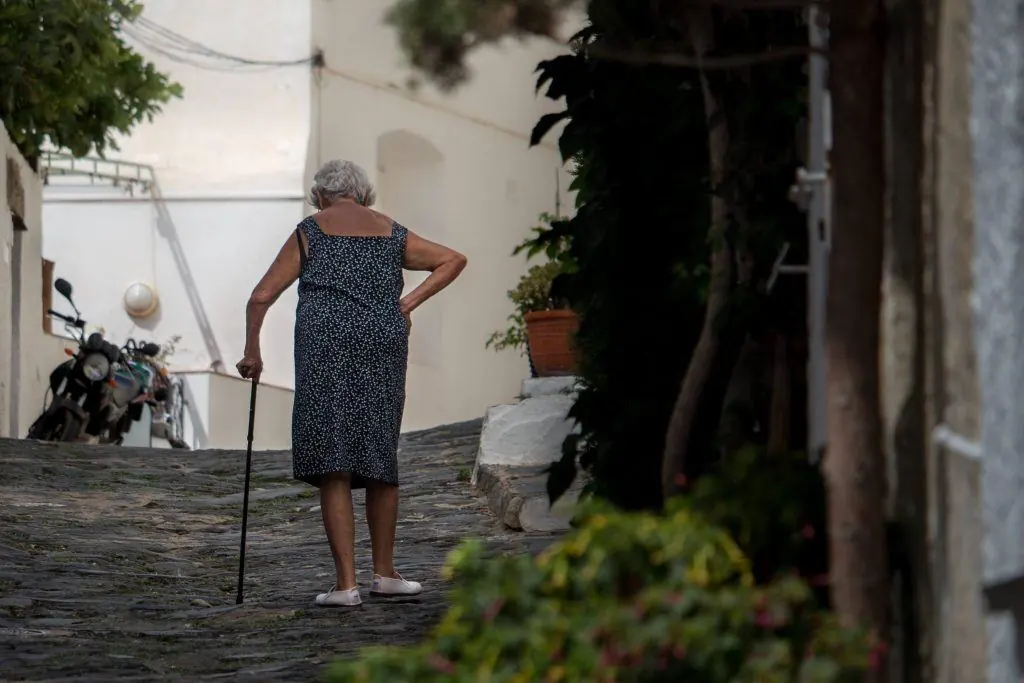Fall Prevention and Traumatic Brain Injuries
I’m Ed Smith, a Dixon Brain Injury Lawyer. As people continue to live longer with the advances made in modern medicine, chronic brain diseases such as dementia are becoming more and more common. In order to prevent this from happening, it is important for everyone to think about steps that they can take to prevent brain injuries from happening in our most vulnerable population: the elderly.
The Most Common Culprit
In elderly individuals, the most common culprit of brain injuries is fall injuries. When someone slips and falls, they can suffer a variety of traumatic brain injuries, such as bone fractures; however, the biggest consequence that could result from a fall in an elderly individual is a traumatic brain injury. When an elderly person falls, their head could strike the floor. Because of the increased frailty of an elderly person, this could lead to a traumatic brain injury when their brain strikes the side or back of their skull. In addition, a skull fracture could be seen with a brain injury. There are several different ideas that people should think about putting to use to try and prevent these injuries from happening in the first place.
Prevention of Falls is Prevention of Traumatic Brain Injuries
Elderly people are more at risk of falls for several reasons. It is important to address these reasons to try and prevent traumatic brain injuries from occurring. Some of the risk factors that elderly individuals have for falls include:
- Trouble balancing
- Decreased muscle strength
- Decreased mobility
All of these issues can make an elderly individual more prone to falling. There are some measures that can be implemented to try and reduce the number of falls and brain injuries. Some of the ideas include:
Balance Classes: Balance classes have become more and more common as people realize the importance of reducing falls and brain injuries. These are classes that will get elderly people more involved in the community, help them socialize with their peers, and will improve their muscle strength and balance.
Railings: It is vital to make sure that railings are present wherever elderly people are walking. If they are able to grab on to the railings, they will have a significantly reduced risk of falling and, thus, a reduced chance of suffering a brain injury.
Lighting: Falls can also happen at night and to prevent this, adequate lighting should be present wherever an elderly individual is walking. If they can see an obstacle in their path, they are more likely to avoid it and prevent a fall.
Remove Stairs: Lastly, it is a good idea to try and replace any stairs with ramps. Stairs present obstacles themselves and elderly individuals may not have the dexterity to successfully navigate them. Therefore, try to place ramps along paths that elderly people can use instead.
Dixon Brain Injury Lawyer
I’m Ed Smith, a Dixon Brain Injury Lawyer. If one of your elderly loved ones has sustained a traumatic brain injury, please reach out to me for free, friendly advice at (707) 564-1900 or (800) 404-5400.
I am a proud member of the Million Dollar Advocates Forum. We are a forum made up of top-rated trial lawyers who have won verdicts and negotiated settlements valued at more than $1 Million.
Please pause for a brief minute to look at my verdicts and settlements here.
Feel free look at some of the summaries written by my former clients on Avvo, Yelp, and Google.
Image Source: The image above has been taken from Unsplash.
:dr [cs 606] cv

